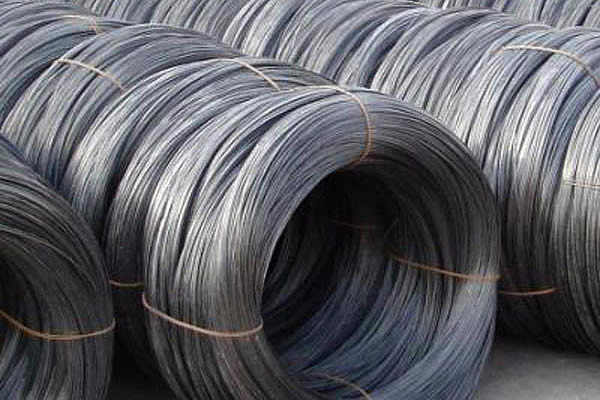 TEL:
+86-13102802206
TEL:
+86-13102802206
 Email:
fencenetting@china.com
Email:
fencenetting@china.com
 Language
Language
 TEL:
+86-13102802206
TEL:
+86-13102802206
 Email:
fencenetting@china.com
Email:
fencenetting@china.com
 Language
Language


Construction Zone Fencing Ensuring Safety and Security
Construction sites are inherently hazardous environments filled with various risks, ranging from heavy machinery and equipment to potential falling debris. As a result, effective safety measures must be prioritized to protect workers, pedestrians, and nearby residents. One of the foremost strategies for enhancing safety at construction sites is the implementation of construction zone fencing.
Construction zone fencing serves multiple functions, all aimed at maintaining a safe and secure environment. Firstly, it acts as a physical barrier that restricts unauthorized access to potentially dangerous areas. This is crucial because trespassers, including curious onlookers or children, may not comprehend the risks present on a construction site. By erecting sturdy fencing, construction managers can significantly reduce the likelihood of accidents involving untrained personnel.
Moreover, construction zone fencing plays a vital role in keeping tools and materials secure. Construction sites often house expensive equipment, machinery, and valuable materials that can easily attract thieves. A well-installed fence not only deters theft but also minimizes the risk of vandalism. By securing the perimeter, contractors can protect their investments and reduce downtime caused by theft-related disruptions.

In addition to safety and security, construction zone fencing can also aid in managing traffic flow around the site. When a construction project is in progress, it is often necessary to divert pedestrian and vehicular traffic to ensure safety. Fencing can effectively guide people away from hazardous areas, helping to ensure that both workers and bystanders remain out of harm's way. Clear signage can be incorporated into the fencing to provide direction and information to the public, further enhancing safety.
Additionally, construction zone fencing contributes to the aesthetic aspect of a construction site. A well-maintained and visually appealing fence can help minimize the visual impact of construction activities on the surrounding community. This is particularly important in urban areas where construction can disrupt the daily lives of residents and businesses. By using decorative fencing or incorporating graphics related to the project, construction companies can create a more welcoming atmosphere, lessening potential negative perceptions from the public.
Finally, it is essential that construction zone fencing adheres to local regulations and safety standards. Compliance with legal requirements not only ensures the safety of those involved but also helps contractors avoid potential fines and legal disputes.
In conclusion, construction zone fencing is a critical component of any construction project. It enhances safety by restricting access to dangerous areas, secures valuable equipment, manages traffic flow, and can improve the aesthetic of the site. By prioritizing effective fencing solutions, construction managers can create a safer environment for everyone involved, ensuring projects are completed efficiently and responsibly.